Recent Articles
Popular Makes
Body Types
10 Best SUVs with Air Suspension
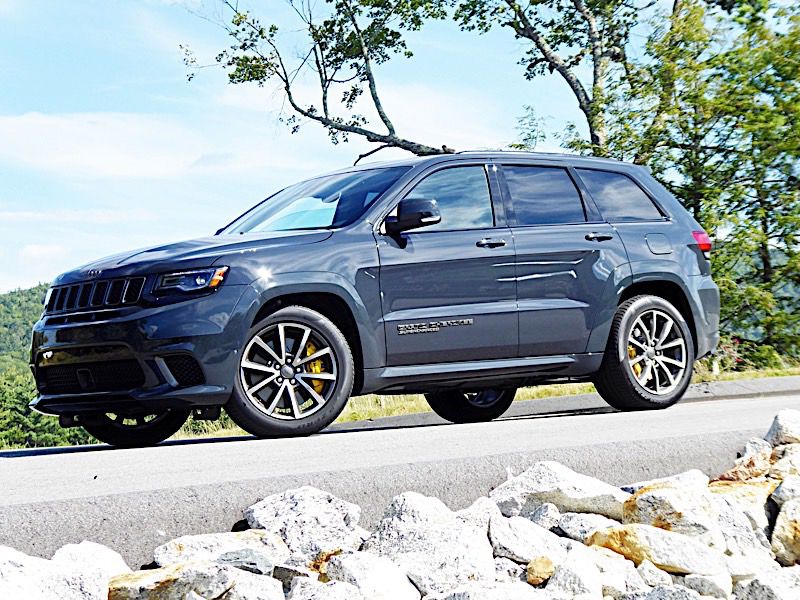
2018 Jeep Grand Cherokee Trackhawk front quarter hero ・ Photo by Ron Sessions
Air suspension systems have fallen in and out of favor over the years, but they’ve become quite popular with today’s crop of luxury SUVs. Raising an SUV with an air suspension system for off-road use provides extra ground clearance for bumpy trails, and lowering it on the interstate improves aerodynamics and increases fuel efficiency. The technology delivers the best of both worlds while providing a comfortable ride.
Cadillac introduced the first air suspension system on the 1957 Eldorado Brougham, but the technology took a hiatus after 1960 among the Big Three. Detroit carmakers didn’t offer a system again until the 1984 Lincoln Continental Mark VII. But with the advent of the SUV, air suspension systems hit their stride — particularly on luxury imports, with Mercedes-Benz taking a leading role.
2018 Lexus GX 460
While the 2018 Lexus GX 460 features a "Kinetic Dynamic Suspension System" as standard equipment, you’ll need to step up to the Luxury trim (MSRP: $63,530) to gain the Adaptive Variable Suspension with Adjustable Height Control.
On this model, electronically controlled variable shock absorbers smooth out the ride by automatically responding to changing road conditions and provide three driving modes (Normal, Sport, and Comfort). The driver can also use a console-mounted toggle switch to choose a height of Normal, High, or Low. High mode is only available when driving below 18 miles per hour. The three-row GX 460 is based on the Toyota Land Cruiser Prado, a model that's unavailable in the U.S. It's gotten a bit long in the tooth, having entered its current generation back in the 2010 model year.

Photo by Lexus
2018 Volvo XC90
The 2018 Volvo XC90’s four-corner air suspension with a "Four-C Active Chassis" system is highly advanced, with Comfort, Eco, Dynamic, Off-Road, and Individual modes. Eco mode lowers the XC90 on the highway to reduce aerodynamic drag, and improve fuel efficiency, while Dynamic tightens things up for those jaunts down your favorite twisty roads. The Off-Road setting provides additional ground clearance when you leave the beaten path.
You can lower the XC90 when parked to make it easier to climb in and out of the cabin. Cargo-loading chores are a snap when you drop the rear of the vehicle via a button inside the cargo area. The system is standard in the top-of-the-line XC90 Excellence and a $1,800 option in the XC90 T6 trim and the T8 plug-in hybrid.

Photo by Volvo
2018 Jeep Grand Cherokee
The 2018 Grand Cherokee features Jeep’s versatile Quadra-Lift air suspension system uses technology that it inherited from Mercedes-Benz. It's standard equipment on the Trailhawk, Overland, and Summit trim levels. The Quadra-Lift system provides five modes — Normal, Aero, Park, Off-Road I, and Off-Road II — with a total of 4.1 inches of lift to tackle the toughest trails.
With an MSRP of $43,395, the trail-rated Grand Cherokee Trailhawk is one of the least expensive SUVs with an air suspension system as standard equipment (and one of the most competent, to boot). You can also add the Off-Road Adventure II option package ($2,495) to the $38,240 Grand Cherokee Limited to trim the bottom line. This combination offers an enticing entry point if you have your heart set on a new suv with an air suspension system and your budget is tight.
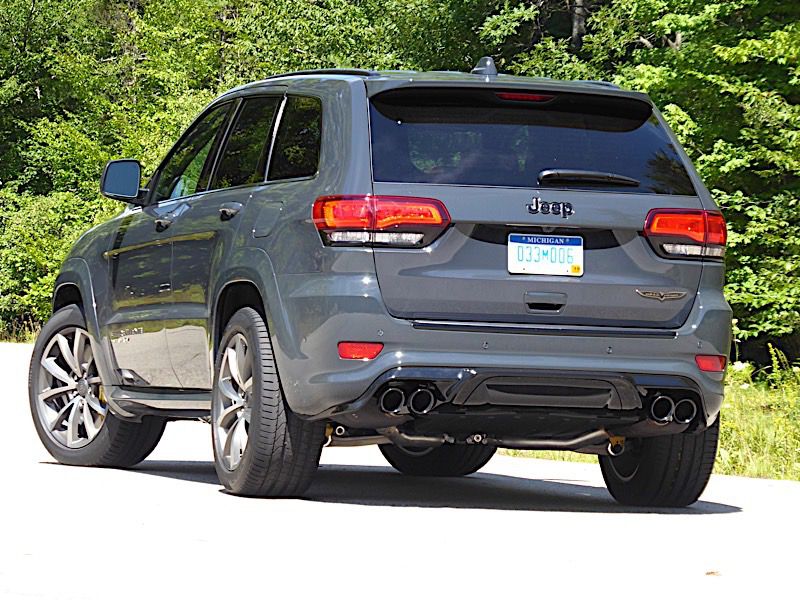
Photo by Ron Sessions
2018 Audi Q7
Audi offers an impressive air suspension system on the flagship Q7, but you'll need to pony up for the top-of-the-line model. While the $4,000 Adaptive Chassis option package includes four-wheel-steering in addition to the air suspension system, it’s only offered on the Q7 3.0T Prestige (MSRP: $65,400).
The system includes six modes: Comfort, Auto, Dynamic, Offroad, Individual, Allroad, and Offroad/Lift. Heavy snow's a go, but if you have dreams of rock crawling, you’ll want to look elsewhere. With low-profile tires on 20-inch alloy wheels, the Q7 is not well-suited for intense off-pavement activities. The Allroad mode provides an additional 25 millimeters of lift, while Offroad/Lift mode adds 60 mm.

Photo by Audi
2018 Tesla Model X
The Tesla Model X is the only fully electric entry on our list of SUVs with an air suspension system. With a belly full of batteries, the all-wheel drive Model X is not well-suited for serious off-roading, but if you’re on the way to the Bat Cave, it should handle the gravel road without skipping a beat.
The system’s primary intent is to improve aerodynamics on the highway and increase driving range. The Model X’s “smart” air suspension system includes GPS functionality, which can automatically adjust ride height based on location. While you’ll need to shell out some coin to cover the price of admission, Uncle Sam will kick some of it back to you next April. The base Model X has an MSRP of $88,800 but is eligible for a federal tax credit of $7,500.

Photo by Tesla
2018 Mercedes-Benz GLS450
Mercedes-Benz has an extensive history with air suspension systems, dating back to the 1960s. The 2018 GLS450’s Airmatic suspension system delivers plenty of on-road comfort and performance. It automatically lowers the vehicle at highway speeds for improved aerodynamics and fuel-efficiency, as well as stability.
The GLS450 also includes Adaptive Damping to optimize ride quality as well as handling. When passengers climb aboard or cargo is loaded in, the system automatically compensates for the added weight. If you’re planning to hit the trails, you’ll want to add the Off-Road package ($2,250) to gain more aggressive ride height settings and downhill speed regulation, along with a two-speed transfer case.
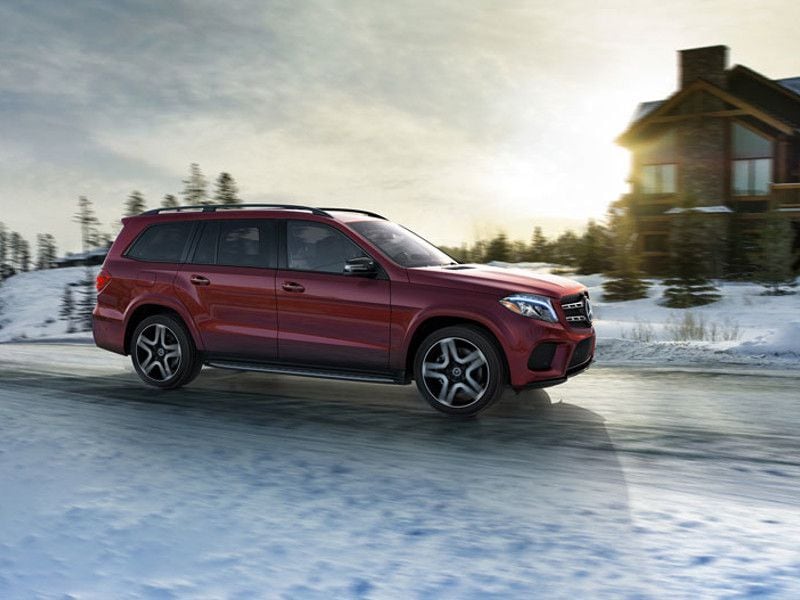
Photo by Mercedes-Benz
2018 Land Rover Discovery
The Land Rover Discovery is one of the most off-road capable SUVs with an air suspension when you include one crucial option package. At an additional $1,530, the Discovery’s aptly named Capability Package delivers plenty of bang for the buck. The Capability Package includes a four-corner air suspension package, along with a two-speed transfer case, all-terrain progress control, and the Terrain Response 2 system for drivetrain and chassis optimization on the fly.
Terrain Response 2 provides General Driving, Rock Crawl, Mud and Ruts, and Sand Modes, along with an Automatic mode, and a mode specifically for grass, gravel, and snow.
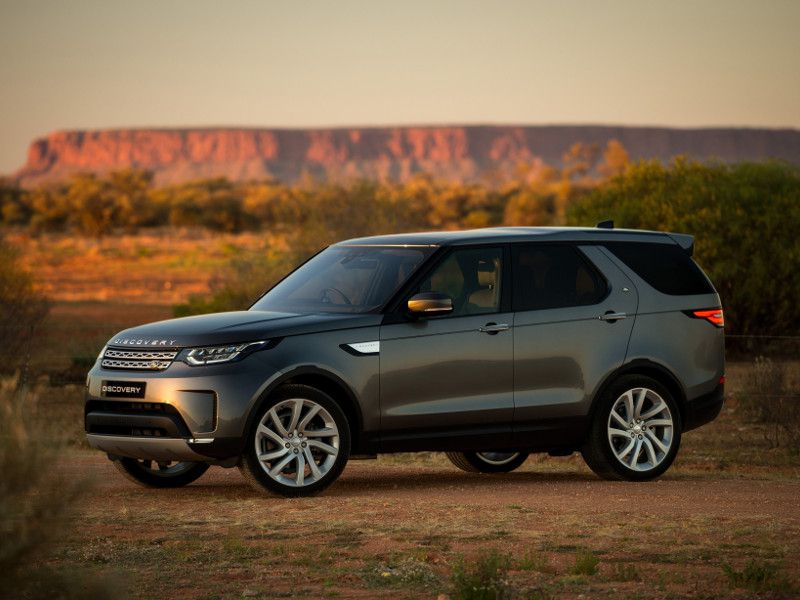
Photo by Land Rover
2018 BMW X5
To equip the 2018 BMW X5 with a rear-axle air suspension system, you’ll need to add the Dynamic Handling option package or opt for the X5 M Sport trim level. While both include Dynamic Damper Control, the M Sport features more aggressive suspension tuning.
Note that BMW’s air suspension system delivers a higher level of on-road performance and is not intended to compete with the more off-road-capable systems from Land Rover and Mercedes-Benz.
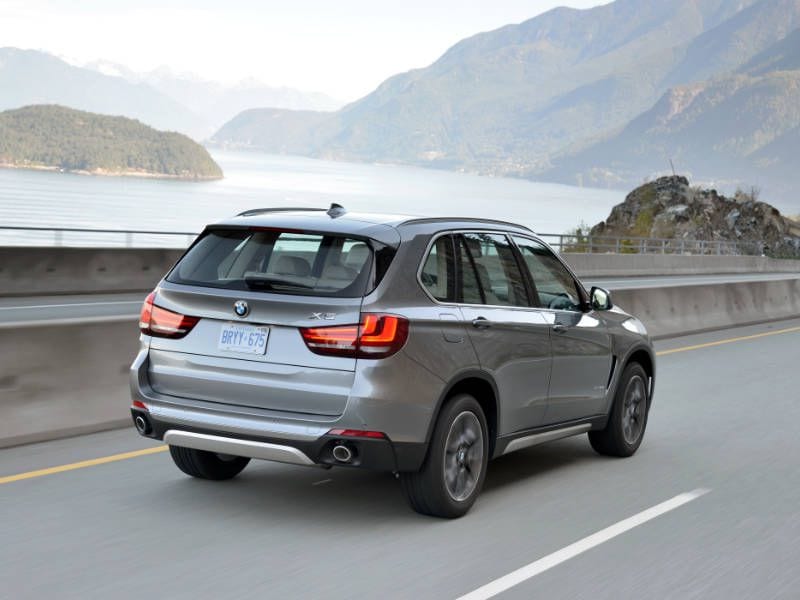
Photo by BMW
2018 Porsche Macan
The 2018 Porsche Macan features an adaptive air suspension system as standard equipment, along with the Porsche Active Suspension Management system. The air suspension is self-leveling and provides three driver-selectable levels of ride height: Terrain, Normal, and Low. Terrain raises the Macan by 40 mm for a wee bit more ground clearance, while the Low setting drops the vehicle by a 10 mm to improve aerodynamic performance at speed. Loading level drops the rear of the vehicle by 40 mm to ease cargo loading chores.
The active suspension management system provides Comfort, Sport, and Sport Plus settings. Porsche first implemented this system on the 911 sports car over a decade ago. This system and the adaptive air suspension are also standard equipment on the larger Porsche Cayenne.
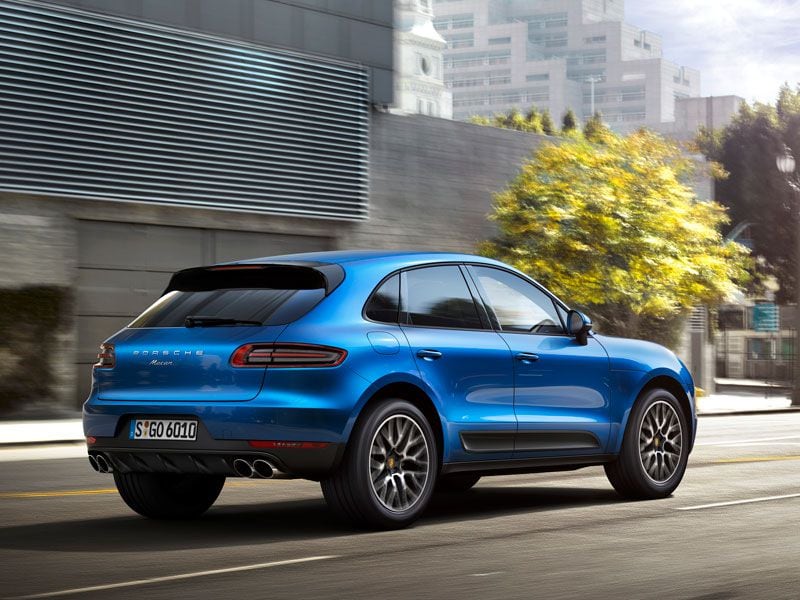
Photo by Porsche
2018 Lexus LX 570
The 2018 Lexus LX 570 delivers an exceptional level of off-road competence for a full-size luxury SUV, with an air suspension system as standard equipment. The LX has its roots in the legendary four-wheel drive Toyota Land Cruiser platform.
Active height control and adaptive variable suspension systems provide up to three extra inches of lift, along with a high level of wheel articulation to tackle the toughest trails. The Multi-Terrain Select system allows drivers to instantly adapt to any situation, whether it’s Mud and Sand, Rock, Loose Rock, Rock and Dirt, or Moguls. Crawl Control with Turn Assist takes the stress out of tortuous climbs, while the adaptive variable suspension system makes automatic adjustments at all four corners while on the open road to ensure a smoother and comfortable ride.
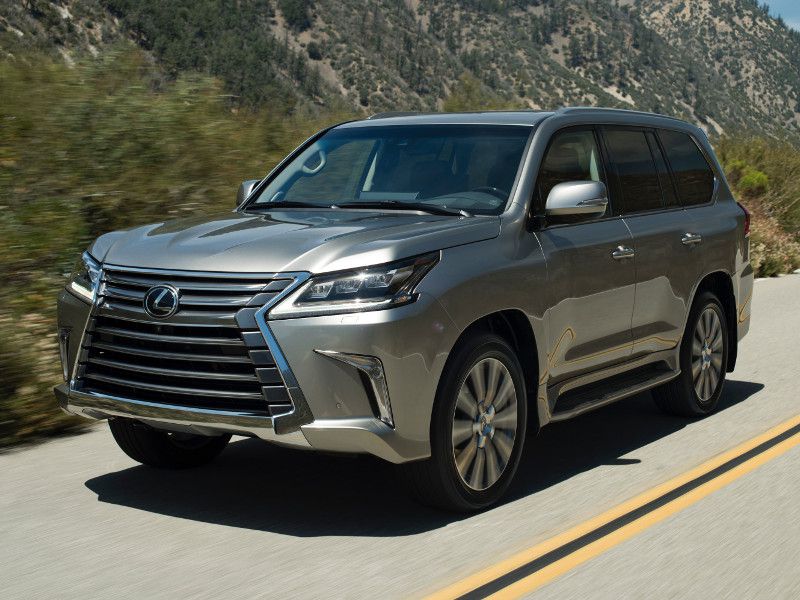
Photo by Lexus